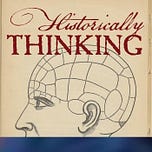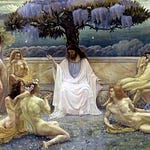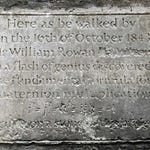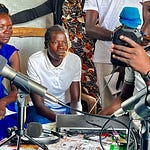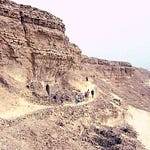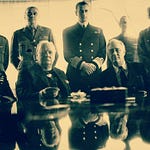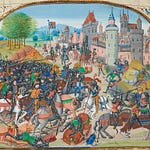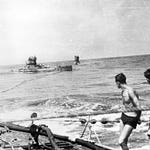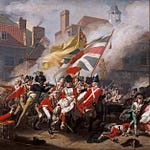Originally published on April 10, 2023 (Episode 312)
Introduction
The “medieval warm period” reshaped worlds. In Europe it helped fuel monastic building, urban growth, and Viking mobility. Anthropologist Timothy Pauketat argues a parallel transformation unfolded across Mesoamerica and North America. Climate shifts led to new trade routes which linked ideas and religious movements between places as distant as Maya cities, northern Mexico, the Southwest, and the Mississippi Valley.
In Gods of Thunder, Pauketat reconstructs that networked world and the rise of the Mississippian civilization centered at Cahokia on the Mississippi—an urban cosmos of plazas, mounds, and ritual power. We talk climate and culture change, the spiritual technologies of pilgrimage and ceremony, the archaeology of movement, and how to see what remains today: from Teotihuacan’s avenues to Cahokia’s Grand Plaza and Horseshoe Lake’s living ecology. What emerges is a portrait of an interconnected America that thrived—and then receded—even before European conquest.
About the Guest
Timothy R. Pauketat is Professor of Anthropology at the University of Illinois Urbana–Champaign and Illinois State Archaeologist, directing the Illinois State Archaeological Survey.
For Further Investigation
Selections from the book’s travel notes (descriptions adapted from Gods of Thunder):
Teotihuacan (Mexico): “No archaeological site in the Americas, possibly the world, is greater in ruins.”
Tamtoc/Tantoc (Mexico): Use Google Earth (“Ruinas de Tamtoc”) before visiting; only the core is publicly owned.
Horseshoe Lake State Park (Illinois): Environmental context for Cahokia; an oxbow rich in plant and animal life.
Cahokia Mounds State Historic Site (Illinois): Start at the Interpretive Center, cross the Grand Plaza, climb Monks Mound.
Related episodes
Philip Jenkins on the interaction between climate change and religious change
The Long Walk, another glimpse into the native world before the advent of European explorers and invaders
💬 Listen & Discuss
How do climate shifts and sacred journeys change societies? What does Cahokia teach us about urbanism, religion, and collapse? Which traces of this world are still visible where you live?

